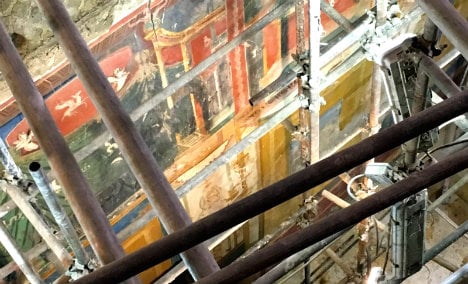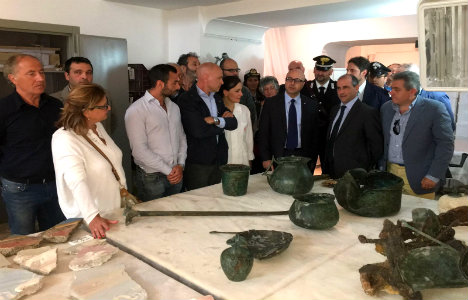Khelaifi, the powerful Qatari sports executive who heads the BeIN media group, is said to have used the villa in Porto Cervo as a “means of corruption” over the sale of media rights for upcoming World Cups between
2018-30.
Italian police said they had searched and seized the luxury “Villa Bianca”, owned by an international real estate agency, in a raid conducted in the presence of a “representative of the Swiss government”.
Several people “linked to various titles to the company that owns the villa” have been questioned, police added.
The Swiss attorney general's office said Thursday they had opened a probe into Khelaifi and Valcke – who was Sepp Blatter's right-hand man at FIFA – in March, focusing on allegations including bribery, fraud, criminal mismanagement and forgery of a document.
Prosecutors indicated that Khelaifi was under suspicion only for actions taken as the head of the sports media group, which operates on five continents.
The Qatar broadcaster issued a statement denying any wrongdoing while confirming French authorities had raided the company's Paris offices following a Swiss request.
PSG, which was bought by Qatar Sports Investments in 2011, grabbed headlines in August for its world record signing of Brazilian superstar Neymar.
The club is not implicated in the investigation.




 Please whitelist us to continue reading.
Please whitelist us to continue reading.